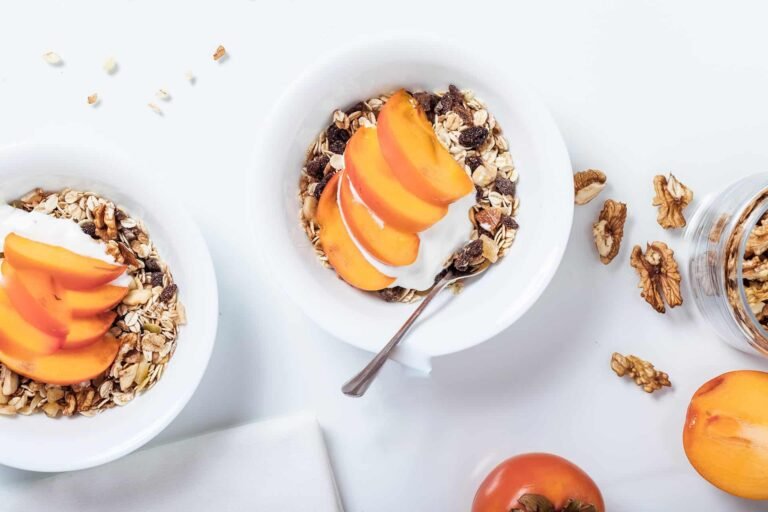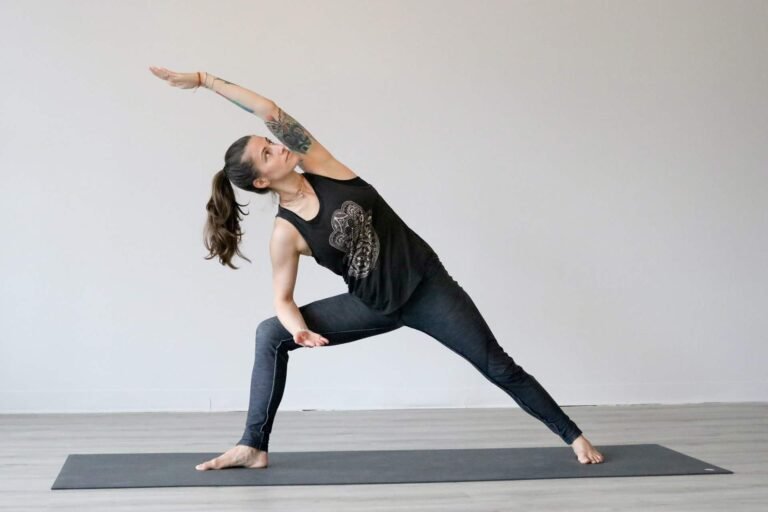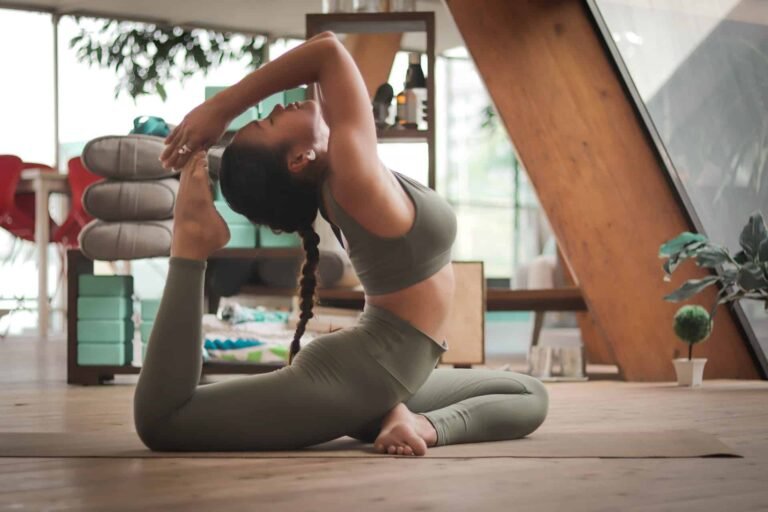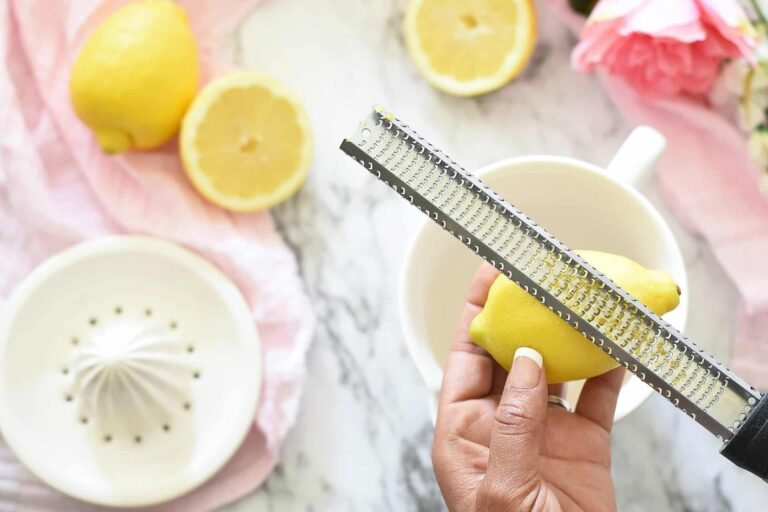30-Minute Home Workout for Busy People (No Gear, Big Results)

Maya closes her laptop at 5:58 p.m., dinner at six, homework at seven. She rolls out a mat beside the couch and starts a brisk 30 minutes. Squats, push-ups, quick intervals, a short stretch. By the time the pasta boils, her head is clear and her energy is back.
You can do the same at home, no gym, no fancy gear. This routine uses simple bodyweight moves and short bursts that raise your heart rate fast. It fits into lunch breaks, nap windows, or late evenings. You’ll train hard, but you won’t lose your whole night.
The payoff is real. Expect better energy, steadier weight control, and lower stress. Short, focused sets keep you moving and burn calories without long sessions. They also build strength you’ll feel in daily life, like climbing stairs or carrying groceries.
In this post, you’ll see why this 30-minute plan works, how to start with confidence, and a complete sample routine you can follow today. You’ll also get simple tweaks to keep it fresh, like swaps for sore days and quick form tips. Ready to breathe easier, sleep better, and feel in charge of your time? Let’s get you moving.
Why Short Home Workouts Boost Your Busy Day
 Photo by SHVETS production
Photo by SHVETS production
You do not need an hour to get real results. A sharp 30-minute home session can spike your heart rate, build muscle, and lift your mood. The secret is intensity and smart moves that work more than one muscle at a time. You get the burn now, then hours of extra calorie use after thanks to the post-workout lift in metabolism.
The Power of HIIT in Just 30 Minutes
High-intensity interval training uses short bursts of hard effort, followed by brief rest. Think 30 to 45 seconds on, 15 to 30 seconds off. You cycle that for 10 to 20 rounds inside your half hour.
Great at-home intervals:
- Burpees, high knees, mountain climbers, jumping jacks
- Fast bodyweight squats, squat jumps, push-ups, skater hops
HIIT improves fat burn and heart health in less time. Studies show strong intervals can rival longer steady workouts for calorie burn and cardiorespiratory gains. A quick guide to the science is here in Healthline’s overview of HIIT benefits and calorie burn.
Why it fits a busy day:
- Short bursts raise your heart rate fast.
- Your body keeps using energy after you stop, a boost often called EPOC.
- Many moves fit a living room, no gear, no commute.
Beginner tip: dial down impact and pace. Try slow burpees without a jump, step-back mountain climbers, or incline push-ups on a counter. Keep work to 20 seconds, rest for 40 seconds. Build confidence first, then increase effort. For a friendly primer, see Cleveland Clinic’s guide to HIIT for all fitness levels.
Compound Exercises for Full-Body Gains
Compound moves use several joints and muscles at once. You save time, raise your heart rate, and build strength that carries into daily life.
Try these equipment-free combos:
- Squats with arm raises: legs, glutes, shoulders, core
- Reverse lunges with a twist: legs, hips, obliques, balance
- Push-up to shoulder tap: chest, triceps, core stability
- Hip hinge to row (hands as “weights”): posterior chain, upper back
Why they win:
- More muscles per minute means more calories in less time.
- Training patterns, not parts, makes stairs, lifting bags, and yard work feel easier.
- Paired in a circuit, 3 rounds of 4 moves can match the work of a longer gym visit without the wait time between machines.
For more bodyweight ideas that hit strength and cardio together, explore Peloton’s guide to full-body bodyweight exercises.
Blend HIIT intervals with compound moves, and your 30 minutes becomes a clear, focused punch of work. You finish sweaty, strong, and set up for hours of better burn and better mood.
Key Tips to Nail Your 30-Minute Routine
 Photo by cottonbro studio
Photo by cottonbro studio
Make your half hour count with smart structure and simple rules. Warm up fast, hit focused work, rest with purpose, then cool down so you feel strong the next day. Aim for 3 to 4 sessions each week. Keep moves simple, think squats, push-ups, lunges, and planks, and adjust impact to suit your space and joints.
Warm-Up and Cool-Down Essentials
A short warm-up protects your joints and primes your heart and muscles. Five minutes is enough when you keep it light and steady.
Try this 5-minute sequence:
- March in place, pump your arms, 60 seconds.
- Arm circles, 30 seconds forward, 30 seconds back.
- Hip circles and gentle torso twists, 60 seconds.
- High knee march or side steps, 60 seconds.
- Easy bodyweight squats, 60 seconds.
Want a guided option you can follow on your phone? See this quick 5-minute warm-up from FitnessBlender.
Cool down to bring your heart rate down and reduce tightness. Breathe slow and hold each stretch for 20 to 30 seconds.
- Legs: calf stretch against a wall, standing quad stretch, seated hamstring reach.
- Hips and glutes: figure-four stretch on your back.
- Arms and upper body: shoulder cross-body, triceps overhead, chest doorway stretch.
For clear cues and more options, check Healthline’s guide to cooldown exercises with step-by-step instructions. Cooling down helps prevent nagging aches and leaves you feeling refreshed, not wrecked.
Low-impact tweaks: swap jumping jacks for step jacks, do incline push-ups on a counter, and choose reverse lunges over jump lunges. Small space? Use in-place moves like squats, wall sits, and planks.
Building a Simple Home Setup
You need a floor, some air, and your body. That is it. Clear a space the size of a yoga mat. Face a wall or window to avoid distractions.
Make the most of what you have:
- Bodyweight first: rotate squats, push-ups, lunges, and planks. Add tempo changes and pauses to boost intensity.
- Household “weights”: filled water bottles for rows or overhead presses, a backpack with books for squats.
- Smart rest: take 10 to 30 seconds between moves. Keep breathing, shake out tension, then get back to it.
- Simple schedule: train 3 to 4 days per week, 30 minutes each. Example split: two full-body HIIT days, one strength circuit, one low-impact day.
- Track progress: use your phone to log rounds, reps, or total work time. Snap quick notes after each session, like “8 push-ups unbroken” or “held plank 45 seconds.”
Stay consistent, keep it simple, and let small wins pile up. Your living room can be the most reliable “gym” you own.
Your Go-To 30-Minute Workout Plan
 Photo by Mikhail Nilov
Photo by Mikhail Nilov
This plan keeps you moving and trims rest so your heart rate stays up. You will cycle through simple moves with clean form, steady breathing, and short breaks. Three rounds will fill the main block without dragging, and you will finish with a quick cool-down.
| Segment | What to Do | Time |
|---|---|---|
| Warm-Up | Loosen joints and raise your heart rate | 5 minutes |
| Main Circuit | 4 to 6 moves, 3 rounds, short rests | 20 minutes |
| Cool-Down | Breathe, stretch, reset | 5 minutes |
Circuit Exercises Step by Step
Follow this flow. Do 10 to 15 reps per move, or hold for time. Rest 20 to 30 seconds between moves. Rest 60 seconds between rounds. Complete 3 rounds.
- Bodyweight Squats, 10 to 15 reps
- Stand hip-width, toes slightly out.
- Brace your core, reach hips back, then bend knees.
- Keep heels down and chest tall.
- Drop to a comfy depth, then stand and squeeze glutes.
- Wall Push-Ups, 10 to 15 reps
- Hands on a wall at chest height, a step back.
- Body in one line, chest to wall with elbows at 45 degrees.
- Press the wall away without shrugging.
- Level up to counter or floor when ready.
- Reverse Lunges, 10 to 12 reps each leg
- Stand tall, step one foot back into a long stance.
- Drop both knees, front shin vertical, back knee hovering.
- Push through the front heel to stand.
- Switch legs, keep hips square and torso steady.
- Plank Hold, 20 to 40 seconds
- Elbows under shoulders, forearms flat, legs straight.
- Squeeze glutes and quads, pull ribs down.
- Keep neck long, breathe slow and steady.
- Drop knees to modify. Try side planks for obliques.
- Standing Knee Drives, 30 to 45 seconds
- Stand athletic, hands up like a guard.
- Drive one knee toward chest as arms pull down.
- Switch legs in rhythm, stay light on the feet.
- Keep ribs stacked over hips.
Optional finisher in the circuit: Mountain Climbers, 20 to 30 seconds
- Start in a strong plank.
- Drive knees toward chest in a quick, smooth cadence.
- Keep hips level and hands stacked under shoulders.
For more form cues on planks and knee drives, see Health.com’s guide to at-home bodyweight exercises.
Warm-Up, 5 minutes
- March or step jacks, 60 to 90 seconds.
- Arm circles and shoulder rolls, 60 seconds.
- Hip circles, 30 seconds each way.
- Easy squats and alternating reverse lunges, 90 seconds.
- Light plank or wall plank, 30 seconds.
Cool-Down, 5 minutes
- Breathing, in through the nose, out slow, 60 seconds.
- Calf, quad, and hamstring stretches, 20 to 30 seconds each.
- Chest stretch at a doorway, 30 seconds.
- Figure-four for hips, 30 seconds each side.
Level tweaks
- Beginner: shorten holds, use wall or counter push-ups, drop knees in planks.
- Intermediate: add pauses at the bottom of squats and lunges.
- Advanced: add tempo work, 3 seconds down on squats, and light jump squats if joints feel good.
Want a broader list of bodyweight moves to rotate in? Browse Men’s Health’s roundup of effective bodyweight exercises.
Tracking Progress and Variations
Progress comes from small, steady bumps in work. Pick one change each week.
- Add 5 seconds to planks or knee drives.
- Add 2 reps per set on squats or push-ups.
- Trim rest by 5 seconds between moves.
Smart swaps to fight boredom and target weak spots:
- Step-ups for lunges if knees are sore or you need more stability.
- Bicycle crunches for planks when you want extra oblique work.
- Incline push-ups for wall push-ups as strength improves.
- Glute bridges for squats on low-impact days.
Track in your notes: date, total rounds, reps, and one win. Example: “Round 3 done, 12 clean wall push-ups, plank 35 seconds.” Small wins add up fast. Keep them visible, and you will keep showing up.
Avoid Pitfalls and Stay Consistent
 Photo by Kampus Production
Photo by Kampus Production
You only have 30 minutes, so make them count without breaking yourself. A smart plan protects your joints, keeps your energy steady, and helps you show up tomorrow.
Common Mistakes That Stall Progress
Skipping a warm up is a fast track to tight hips, cranky knees, and shoulder tweaks. Take three to five minutes to raise your heart rate and loosen joints. Starting too hard also backfires. Keep the first week at a 6 out of 10 effort, then nudge up.
- Ease in: scale push-ups to a wall, shorten planks, keep jumps low.
- Form first: straight line in planks, heels down in squats, ribs stacked.
- Listen to your body: sharp pain means stop, adjust, or swap.
For a clear primer on technique slips that cause aches, see Harvard Health’s guide to common workout mistakes.
Routines That Stick in a Busy Week
Treat the workout like a meeting. Put it on your calendar and show up for it. Tie it to a cue, like after coffee or before a shower. Keep friction low, shoes by the mat, water ready.
- Set a floor: 10 minutes counts on chaotic days.
- Track one metric: reps, time, or rounds, not all three.
- Stack small wins: one more rep, five seconds longer, two fewer rests.
For schedule-friendly tactics, try Mayo Clinic Health System’s tips to fit a workout into any schedule.
Fuel, Hydrate, Recover
Drink water before you start and sip after. Eat simple, balanced meals, protein plus plants, to support recovery. Breathe slow in your cool-down and sleep enough. Consistency loves a well-fed, well-rested body.
Conclusion
This 30-minute home workout proves that simple beats complex when time is tight. Clean moves, steady intervals, and a clear plan give you real strength, better cardio, and less stress, all inside your living room. Start tomorrow, set a timer, and follow the circuit as written. Expect a lift in energy by dinner, deeper sleep by the weekend, and steadier weight over the next few weeks.
Keep showing up, three to four days a week, and let small wins stack. Save this routine, share it with a friend, then tell us how it went in the comments. Your story can help the next busy person hit start.






